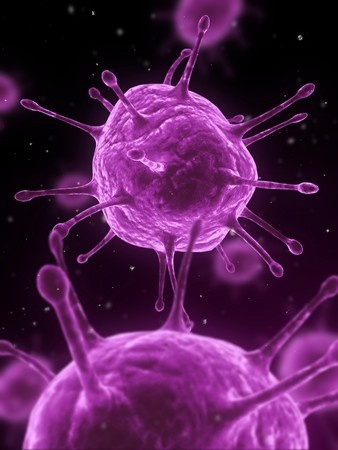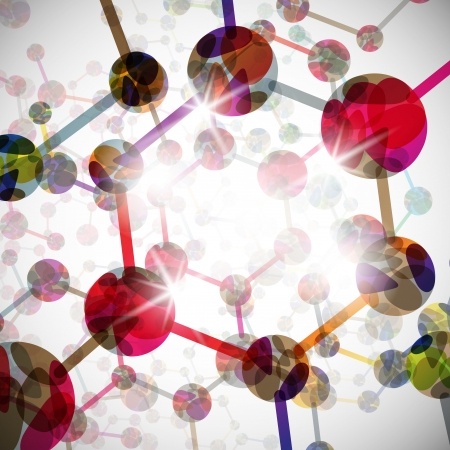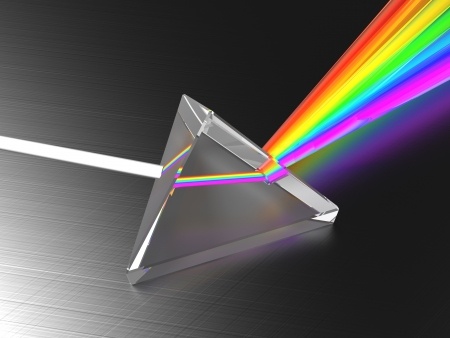Perils of fatty foods, approaching absolute zero, and a rendezvous with Pluto – just a few of the many ideas to kick off cool science conversations with your students. This eclectic collection of current science news stories is brought to you by STAOBlog.
SciNews is published every Monday and Thursday. Stay tuned for more.
 Biology
Biology
Science and engineering hall of fame lacks female nominations. Globe and Mail
A prominent neuroscientist has withdrawn herself from the selection committee of the Canadian Science and Engineering Hall of Fame because the nomination process has produced no female candidates. Judy Illes, a professor of neurology and Canada Research Chair in Neuroethics at the University of British Columbia, confirmed her departure from the committee that annually selects three inductees to the hall of fame. Read More…
Five days of eating fatty foods can alter how your body’s muscle processes food. Science Daily
After just five days of eating a high-fat diet, the way in which the body’s muscle processes nutrients changes, which could lead to long-term problems such as weight gain, obesity, and other health issues, a new study has found. “Most people think they can indulge in high-fat foods for a few days and get away with it,” said one investigator. “But all it takes is five days for your body’s muscle to start to protest.” Read More…
Chemistry

Why Mercury Is a Liquid. About Chemistry
.Mercury is the only metal that is a liquid at normal temperatures and pressure. What makes mercury so special? Basically, it’s because mercury is bad at sharing… electrons, that is. Read More…
Physics
News Brief: Brrrrr — that’s really cold! Science News for Students
For a brief time, a swarm of atoms in Palo Alto, Calif., become the coldest stuff on Earth. Physicists in a Stanford University lab, there, brought them down to a super-frigid 50 trillionths of a kelvin. How cold is that? Well, on the kelvin scale, zero equals “absolute zero.” That’s simply as cold as anything can get. And in the new tests, the atoms almost got that cold. For comparison, the former record low was about 10 times as high, yet still far, far below even 1 kelvin. Read More…
Earth and Space Science
NASA shows colourful glimpse of Pluto ahead of July rendezvous. Globe and Mail
As NASA’s New Horizons mission approaches a historic rendezvous with Pluto on July 14, the U.S. space agency has released its first colour image of the frozen world and its largest moon, Charon. The image is little more than an orange-tinged splotch with a smaller and dimmer splotch beside it, yet it represents a watershed moment for the spacecraft. New Horizons has been en route to Pluto since January, 2006, and is now just three months away from its destination, which lies some 7.5 billion kilometres from Earth. Read More…
Mini-sats: The trick to spying Earth-bound asteroids? Science News for Students
Go tiny or go home. That’s one suggestion for building telescopes to find a city-smashing asteroid before it finds us. Asteroids are space rocks, which can range from boulder sized up to chunks of rock nearly 1,000 kilometers (621 miles across). Most of them orbit between Mars and Jupiter. A fleet of pint-sized satellites orbiting the sun could track down the majority of asteroids that threaten Earth’s safety. Or that’s what a team of scientists now proposes. Read More…



